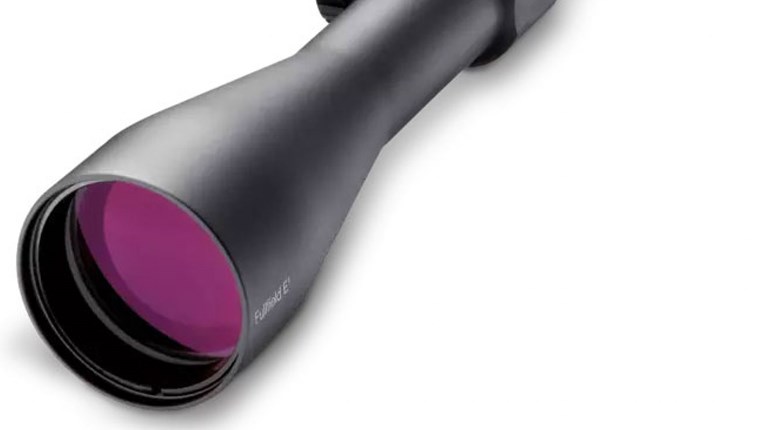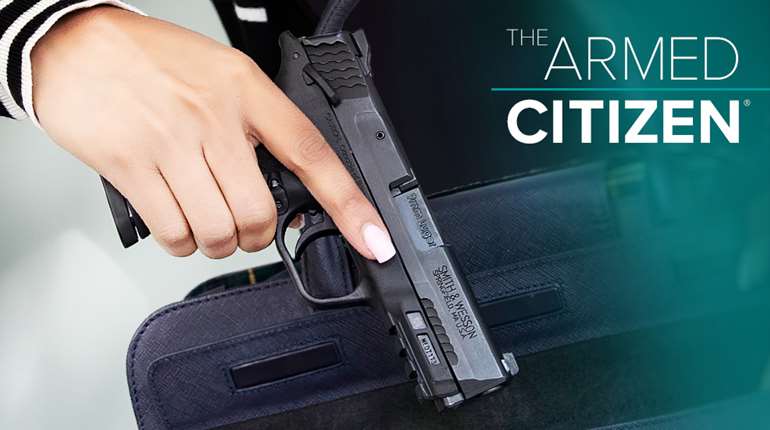
When hunters joke about “ground shrinkage,” they’re referring to the phenomenon of how a deer’s antlers might look huge when you’re deciding whether or not to shoot the animal, but look considerably smaller once you’re walking up to it after a successful shot. Ground shrinkage can range from just something to chuckle about to a real problem if you’re hunting in a unit or on a hunt club or ranch that has specific size requirements. How do you keep this from happening to you? You must get better at field-judging whitetail bucks.
There are two primary ways in which a given property (or sometimes a given wildlife management unit) will determine which deer are big enough to harvest and which should be passed on to grow another year. The first, antler size, is the most common, because it’s the easier of the two to judge. The second, age class, is trickier, but some hunters really find satisfaction in taking a buck of a certain age, and some properties manage their herd based on age class to keep the breeding population the way they want it.
Before we start, a quick disclaimer that any legal buck you are happy with is a trophy, and you should be proud of it. But if you need to know specifics to comply with regulations, read on.
Judging by Antler Size
If you’re hunting under size restrictions set by the state, they’re usually pretty simple: Either a specific number of antlers, sometimes expressed as “eight points” or “four on one side or better,” or a less specific measurement like “outside the ears.”
The points thing is as simple as it sounds: Count the tines before you shoot, and you’ll be fine. And “outside the ears” is relatively simple, too—when looking at the deer head-on, are his antlers at least as wide as his ears? If you can get a good view of him from the front, this is pretty cut-and-dry.
If you’re hunting on a club or with an outfitter who has a specific number restriction, say, 150 points or better, you’ll have to be more judicious. Boone & Crockett is the primary organization that keeps track of whitetail scores, and the minimum to get into their record book is 160 points for a typical (symmetrical) whitetail. A deer’s score is calculated using measurements of the inside spread of the main beams, the length of the main beams, the distance between the tips of the main beams, overall mass, and the widest outside distance between the antlers. The total number of tines and their length are also considerations. They’re all officially measured on a dried-out skull, which you obviously can’t do in the field on a live animal, so you’re going to have to get good at estimating the following.
Main Beams. Do his main beams extend to the tip of his nose? That’s a really good sign.
Spread: If you’re looking to make the book, you want to see antlers that are well outside the ears by at least a couple of inches on each side. Keep in mind that his ears are about six inches from base to tip, so you can use that as a measuring stick.
Tines: Generally speaking (there are exceptions for some huge 6-pointers), you want to count at least eight tines; more is obviously better. Keep in mind that B&C’s website says nearly all the bucks that make their record book have “at least five normal points per side.” If the tines are evenly matched in length, the net score (after both sides of the antlers are measured, the differences between them are subtracted) will be higher.
Mass: This is hard to judge, but you want his main beams to look thick and heavy, not thin and spindly.
Non-Typicals: If a buck has a non-symmetrical or generally unusual rack, Boone & Crockett calls it non-typical, and the minimum score for a non-typical is 185. They’re scored in a similar fashion, but because they’ll likely have more points (possibly to include the coveted drop tines), the minimum is higher. If you’re not hunting under a strict points rule, you might want to shoot an average-sized non-typical just because you like the look of the funky rack.
Judging by Age Class
Some properties and outfitters want you to shoot a buck of a certain age class, often a 4½- or 5½-year-old or older. This is tough to judge until you’ve done it a lot, so if you’re in this situation and you’re not confident in your judging abilities, make sure a guide sits with you to give you the go-ahead or that at least there are no penalties for shooting something younger by mistake.
When you’re looking to shoot what most places will consider a “mature” deer, say, 5½ years old or older, there are a few characteristics to look for.
Antlers: A buck’s antlers are as big as they’re ever going to get at around 6½ years old, and in many cases, the rack can get smaller in subsequent years. At 5½, he’s about 90% of the way to his maximum size, which is certainly good enough for just about any property’s restrictions. What this looks like varies widely based on geography and genetics, but in general, a mature buck’s antlers will be long, wide and thick.
Overall Look: As a buck gets older, he’ll look less like a lean, athletic teenager and more like the thick, saggy, middle-ager is he.
Body: A mature deer’s back will begin to sway so that instead of a straight, flat line, his back will look bowed. This becomes more pronounced as he ages, and just like what happens to many humans, he begins to grow a gut and his belly starts to sag a bit as he gets older, too. Because of this, his legs will look disproportionately short for his body. Older bucks also have thicker necks, and he might even develop a hump over his front shoulders.
Weight Distribution: Younger bucks carry more of their weight in their rumps, and their hind end will be larger than their chest. This reverses as a deer ages, and a mature buck’s chest will be thicker and heavier than his rump.
Attitude: A mature buck is king of the woods, at least among the deer herd, and he’ll act like it. He’ll be the clear boss, and if other deer are around, they’ll generally defer to him.
Bottom Line
Field-judging whitetails is both art and science, and sometimes the definition of a shooter is “You’ll know it when you see it.” In cases where you must be more specific, though, you can use body size, antler size and general demeanor to determine how mature a buck might be or how high his rack might score. And in the end, if you’re not limited to a certain size by law or by the rules of wherever you’re hunting, your trophy is any legal deer you’re happy with.















































